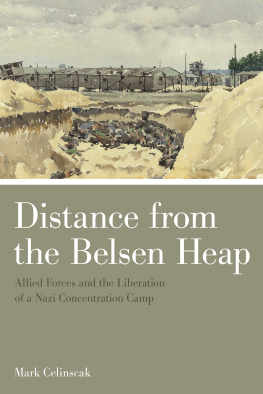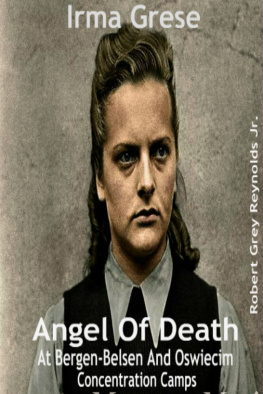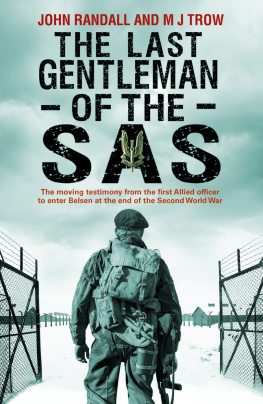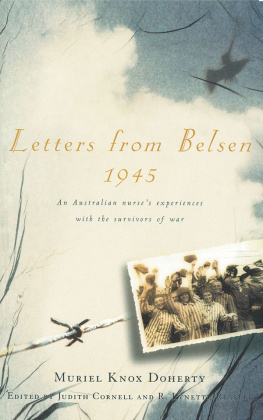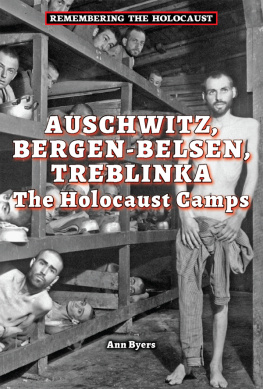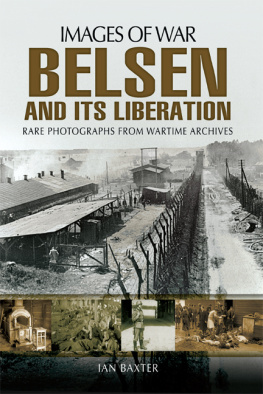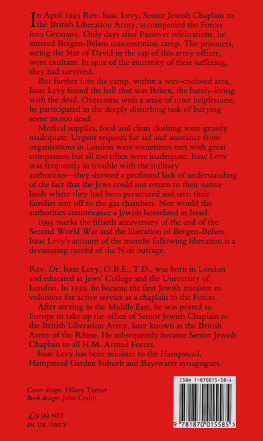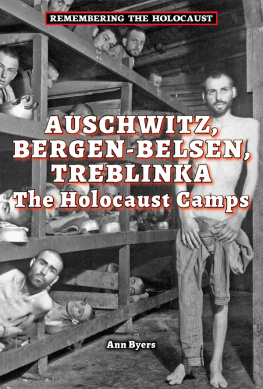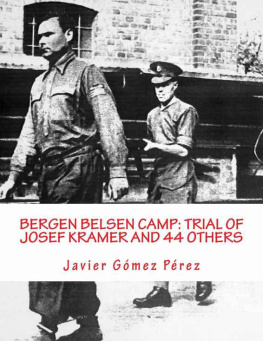It is painful to recall a past intensity, to estimate your distance from the Belsen heap, to make your peace with numbers. Just to get up each morning is to make a kind of peace.
DISTANCE FROM THE BELSEN HEAP
Allied Forces and the Liberation of a Nazi Concentration Camp
The Allied soldiers who liberated the Nazi concentration camp at Bergen-Belsen in April 1945 were faced with scenes of horror and privation. With breathtaking thoroughness, Distance from the Belsen Heap documents what they saw and how they came to terms with those images over the course of the next seventy years. On the basis of research in more than seventy archives in four countries, Mark Celinscak analyses how these military personnel struggled with the intense experience of the camp; how they attempted to describe what they had seen, heard, and felt to those back home; and how their lives were transformed by that experience. He also brings to light the previously unacknowledged presence of hundreds of Canadians among the camps liberators, including noted painter Alex Colville.
Distance from the Belsen Heap examines the experiences of hundreds of British and Canadian eyewitnesses to atrocity, including war artists, photographers, medical personnel, and chaplains. A study of the complicated encounter between these Allied soldiers and the horrors of the Holocaust, Distance from the Belsen Heap is a testament to their experience.
MARK CELINSCAK is an assistant professor in the Department of History at Trent University.
University of Toronto Press 2015
Toronto Buffalo London
www.utppublishing.com
Printed in the U.S.A.
ISBN 978-1-4426-4762-6 (cloth)
ISBN 978-1-4426-1570-0 (paper)

Printed on acid-free, 100% post-consumer recycled paper with vegetable-based inks
Library and Archives Canada Cataloguing in Publication
Celinscak, Mark, 1978, author Distance from the Belsen heap : Allied forces and the liberation of a Nazi concentration camp / Mark Celinscak.
Includes bibliographical references and index. ISBN 978-1-4426-4762-6 (bound) ISBN 978-1-4426-1570-0 (paperback)
1. World War, 19391945 Concentration camps Liberation Germany Personal narratives History and criticism. 2. Bergen-Belsen (Concentration camp). 3. World War, 19391945 Concentration camps Liberation Germany. 4. Canada Armed Forces History World War, 19391945. 5. Great Britain Armed Forces History World War, 19391945. 6. World War, 19391945 Canada. 7. World War, 19391945 Participation, British. I. Title.
D805.5.B47C45 2015 940.531853593 C2015-905390-0
This book has been published with the help of a grant from the Federation for the Humanities and Social Sciences, through the Awards to Scholarly Publications Program, using funds provided by the Social Sciences and Humanities Research Council of Canada.
University of Toronto Press acknowledges the financial assistance to its publishing program of the Canada Council for the Arts and the Ontario Arts Council, an agency of the Government of Ontario.

Preface
This book retraces the relief efforts at the Bergen-Belsen concentration camp in northwest Germany following its surrender in the weeks before the end of the Second World War. Of utmost importance are the responses of not only British but also Canadian military personnel. While it is well documented that Bergen-Belsen was surrendered to VIII Corps of the British Army, hundreds of Canadians also assisted and hundreds more encountered the camp through informal visits and authorized tours. Like their British counterparts, though arriving at the camp in smaller and yet no less significant numbers, were Canadian airmen, paratroopers, soldiers, doctors and nurses, padres, nutritional and agricultural experts, war artists, and photographers. The central focus of this study is on the language, metaphors, and narratives offered by both men and women in the British and Canadian forces. This work scrutinizes the stories communicated with special attention afforded to the roles performed by military personnel and to the point in time that they entered the camp.
Scholars must make defined choices in their work. The decision to focus this study on Allied military personnel comes at a cost. The voices of Bergen-Belsens wounded, its survivors, are largely and regrettably silent in this book. The gulf between inmates and Allied military personnel at liberation was often, although not always, pronounced. This work maintains that divide. When Allied forces first entered the camp, Fania Fnelon, a French pianist, composer, cabaret singer, and survivor of Bergen-Belsen observed:
A new life breathed in the camp. Jeeps, command cars, and half tracks drove around among the barracks. Khaki uniforms abounded, the marvelously substantial
As this work demonstrates, in the days and weeks immediately following the surrender of Bergen-Belsen, that separation, that distance at least from the perspective of Allied military personnel was indeed profound. Perhaps a future study will examine the relationships and exchanges between inmate and liberator, but for now, this book attempts to expand our knowledge of the words and actions of Britons and Canadians at the camp. While any serious communication between inmate and liberator is left unexamined, other links are traversed.
The connections between Britain, Canada, and Bergen-Belsen are complex and extensive, stretching back to even before the camp was formally entered during the late afternoon of 15 April 1945 by the 63rd Anti-Tank Regiment under the authority of VIII Corps. Indeed, men from a section of the (British) Special Air Service, which also included a Canadian, entered the camp ahead of the 63rd Anti-Tank Regiment under the command of Lieutenant-Colonel R.I.G. Taylor. Remarkably, even before Allied forces arrived, there were inmates in the camp with British and Canadian connections. For instance, Petty Officer Alfred John Roe and Able Seaman Keith Mayor both died while being held prisoner in Bergen-Belsen. Captured in May 1943 during a commando raid in Norway called Operation Checkmate, the men were first taken to the Sachsenhausen concentration camp, and later, to Bergen-Belsen. According to International Tracing Service (ITS) records, Roe died of typhus on 13 April 1945. After the war and to the present day, associations with the camp, on both sides of the Atlantic, persist in myriad ways.
In the aftermath of its surrender, Bergen-Belsen was, and continues to be, a name, a site, and a symbol frequently evoked in the Western world. While not a killing centre or extermination camp thus making it a less than accurate representation of the worst of the horrors of the Holocaust Bergen-Belsen was still a terribly frightful place and became one of the most filmed, photographed, and discussed camps of the entire war. For many people the name Belsen became synonymous with the crimes of the Third Reich. Accordingly, the camp and the images associated with it, are widely known, recognized, and employed.

